
by Elizabeth A. Tomlin
Are you interested in generating income from your woodlot?
Cornell Cooperative Extension (CCE) specialists from Madison, Onondaga and Chenango counties recently presented a 4-hour seminar at Many Maples Farm, Georgetown, NY, providing participants with information on a variety of ventures to gain profit from their woodlots.
“The woodlot you may not have thought much about can provide you with income opportunities,” said Kristina Ferrare, Forestry Program Specialist, CCE Onondaga County.
Attendees were able to explore opportunities — and examine potential pitfalls — during this meeting.
Rich Taber, Forestry Educator/ Ag Economic Development Specialist, CCE Chenango County gave an overview of opportunities.
Taber has a 165-acre farm, with about 105 acres in woodlot and has personal experience with woodlot ventures.
“Here’s the key; we want to keep our forest land productive and keep land and farms from being subdivided and busted up into small parcels,” Taber said, explaining that smaller properties lose potential for generating income.
Maple syrup and sap from a sugar-bush are one option if you are blessed to have a good stand of productive maple trees.
Taber pointed out that maple syrup producers are often looking for opportunities to rent or lease woodlots to tap. One attendee reported that he taps his own maples and then sells that sap to a sugar house.
Firewood, sawed timber and selling lumber opportunities were discussed. Value added opportunities from these ventures were considered as well.
Agroforestry, such as growing mushrooms and/or ginseng, is another option. However, these crops take some time to grow and harvest and require specific management and growing conditions.
Taber said another option is to lease property for hunting clubs.
“If you own farmland and woodland, and don’t use it for hunting for your own family and friends, maybe you could lease it to hunters who are looking for a place to hunt. That’s becoming more and more common.”
Taber said this is a good example of generating “passive income” from your woodlot.
“You can manage the leasing yourself, or hire an outfit like BaseCamp to do it for you.”
Focusing on different ventures, each season throughout the year, is possible.
“There is a potential for year-round things here,” said Taber, explaining that maple production takes place in late February and March, while mushrooms could be harvested in the spring. Ginseng would be harvested in the fall with timber and firewood. “There are different times of the year you can do different things to generate a few dollars.”
Recreation, such as developing campgrounds or snowmobile trails, is another possibility.
Management is paramount and when you are thinking of implementing a woodlot business, you should be sure to realize your goals and have a business plan in place — and insurance.
Taber informed attendees about a Farm Viability Institute grant and emphasized hiring a consultant forester when considering selling timber.
“We developed this grant with Farm Viability Institute initially because of the horrendous state of the dairy industry in New York State. What typically can happen is when dairy farm landowners don’t make enough money to pay their bills, they think, ‘Well, let’s go hammer the woodlot’ or, ‘let’s go sell off the woodlot.’ Then typically what happens is somebody will come in and strip the wood of all growing timber with no interest in silviculture and sustainability and what happens is you then have a degraded woodlot. You can only pillage a woodlot so many times, even under the best of forest conditions! You can do it maybe once every 20 years, but, if it’s done incorrectly, havoc can be wrought.”
Timber theft can occur — and beware of someone knocking at your door and offering you what seems to be a large amount of money for your timber, it may be worth twice that offer.
“You’ve got to have a contract if you sell! Don’t ever sell anything off your property without some sort of contract!”
Know where your boundaries are. Posted signs should be in place.
Ferrare expanded on the opportunities presented and explained how enhancement management practices could work hand-in-hand for overall woodlot use.
Some hunting and snowmobile clubs will come in and help to develop and maintain acreage for their use, benefiting property owners. Stipulations should be added into your contract.
Establishing habitats to attract different kinds of wildlife can expand hunting opportunities.
Information on liabilities, contracts and how to get started in various woodlot businesses was included in a packet overflowing with additional information.

Agroforestry integrates trees, forests and Ag production and includes maple, understory crops and mushroom production.
Crops planted under forest trees are considered to be “understory crops.”
Ferrare said Agroforestry is a relatively new concept with agriculture and forestry coming together.
“There are a lot of possibilities for farmers and woodland owners to diversify revenue streams in an ecologically sound manner.”
The Cornell Small Farms Program has educational resources and contact information available for folks interested in pursuing Agroforestry production.
Ferrare spoke about mushroom and ginseng production. Scoring growing sites for specific Agroforestry crops were discussed.
“Ginseng is a shade-loving understory crop. Seventy-percent shade is important. Ginseng sites are often maple sites. So, maple producers can often find appropriate places to try to develop a ginseng crop on their properties.”
“I really want to emphasize that it’s not a get rich quick solution,” Ferrare remarked. “It takes years, like 6 to 9 years, to produce a marketable crop. So, you’d better be in it for the long haul.”
Ferrare also cautioned that ginseng is a crop that is frequently stolen by trespassers.
“Security is a very important component of a ginseng operation. If people know you’re growing ginseng, they’re going to come and find it.”
Marketable ginseng roots are currently going for $550 – $800/ lb. Age, shape and size impacts marketability.
Ferrare also discussed the 480-a Forest Tax Law and cautioned attendees to read the entire content of requirements before committing. Adherence to management plans is strictly enforced. Violations are subject to penalties. “Make sure this is right for you before you enroll.”
Sarah Ficken, Ag Subject Educator, CCE Madison County, spoke to attendees about the voluntary Conservation Stewardship Program (CSP), through the Natural Resources Conservation Service (NRCS) in which participants can be involved in one of about 57 possible enhancement activities for their woodlots. “This could be a tool in your toolbox.”
Another voluntary program Ficken described was the Environmental Quality Incentives Program (EQIP), a conservation program in which “agricultural producers receive financial and technical assistance to implement structural and management conservation practices that optimize environmental benefits on working agricultural land.” Consult with your local NRCS for more information.
Tess Southern, Ag Subject Educator, CCE Madison County, spoke about focusing on SMART Goals when creating an action plan/ business plan for your woodlot venture.
“Our plans are going to include the following steps of SMART Goals; Specific, Measurable, Achievable, Relevant and Time-bound. This is where those ‘W’ questions come in — who, what, when, where and why.”
Who is going to be involved? Are you going to hire somebody? What do you need to purchase for start-up? Where are you going to be located? When do you expect to begin?
“My favorite question is, ‘why?’” said Southern. “Because ‘why?’ is your mission. It’s a personal thing about you and the goals that you have.”
Southern encouraged participants to take inventory of their existing resources, identify reliable sources of assistance, and create realistic goals.
“Cooperative Extension has different expertise in every county,” said Ficken. “But landowners who call can get connected to forestry educators. We are here and want to help.”
Chenango County CCE has forestry videos available to assist and educate folks on income opportunities from their woodlots. For more information contact Rich Taber at 607.334.5841 ext.21 / email rbt44@cornell.edu.
“There are people and resources out there to help you decide what is right for you,” said Ferrare. “Don’t get overwhelmed, get advice.”
“Remember that Extension is here to be a resource for you,” reminded Ficken. “If you have questions reach out to one of us and we will try to help you make a good decision about moving forward.”
Kristina Ferrare may be reached at kaf226@cornell.edu.

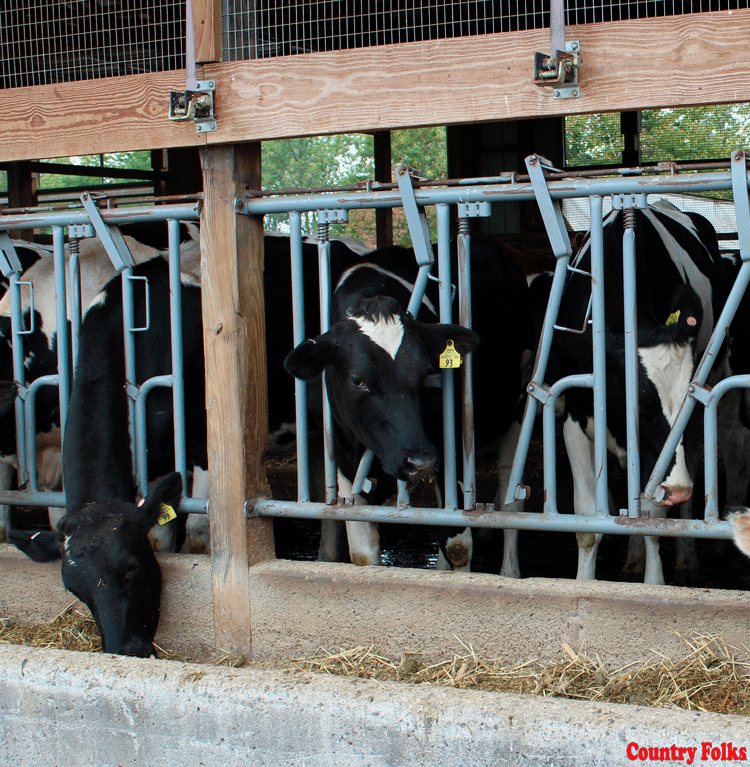
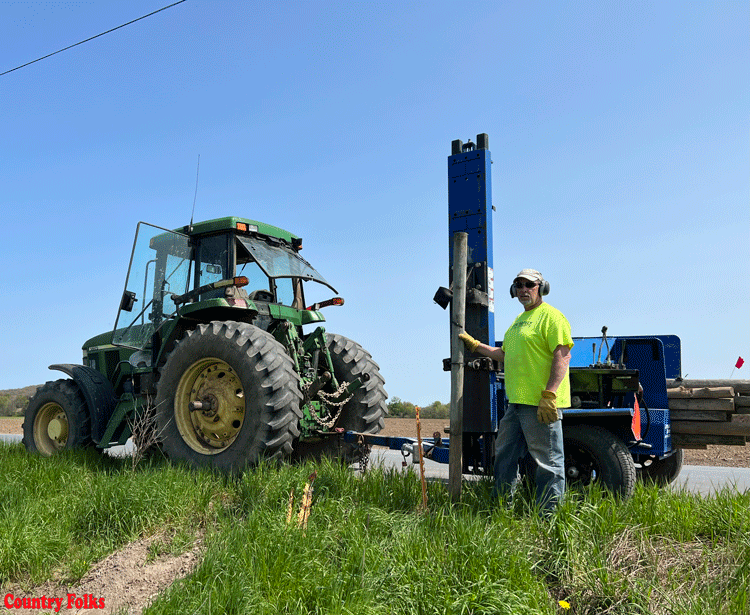
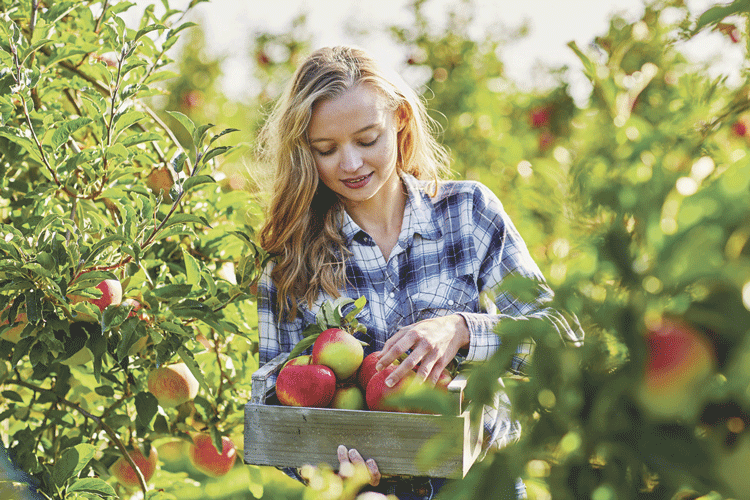
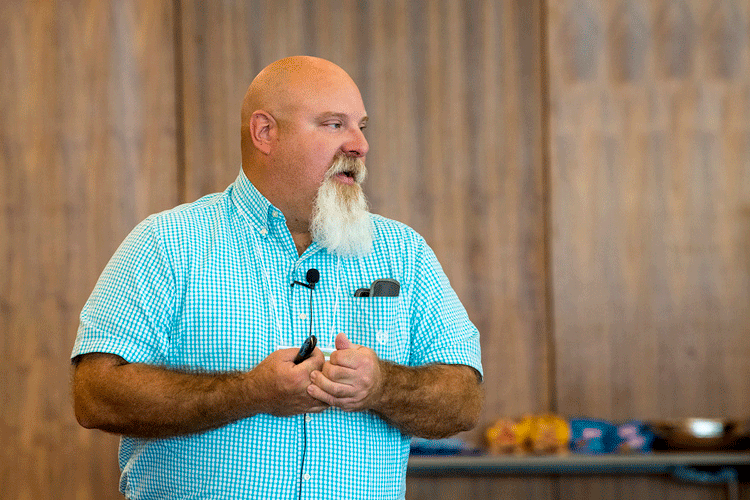
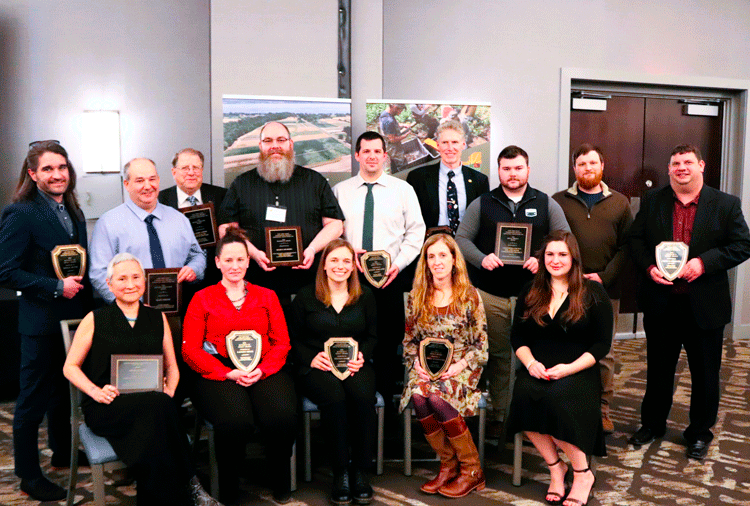

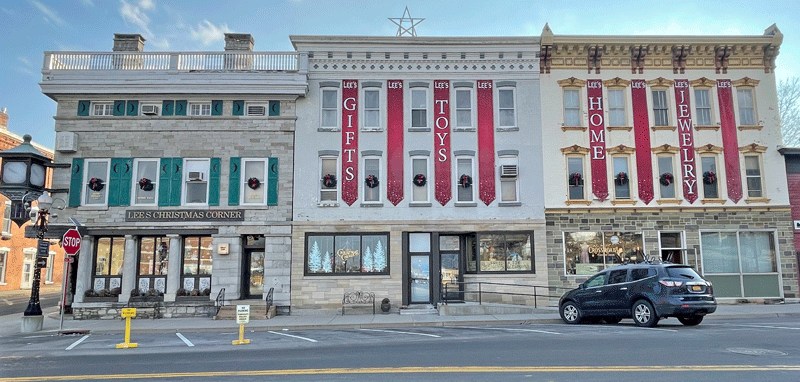




Leave A Comment